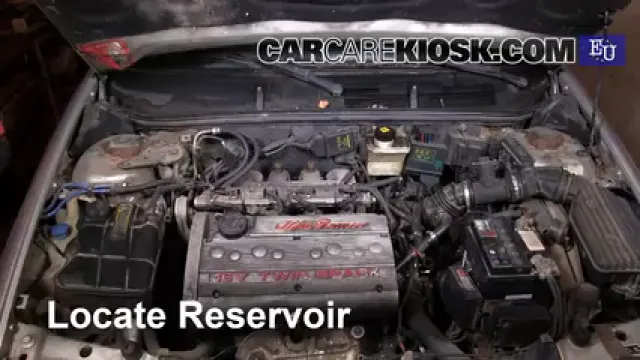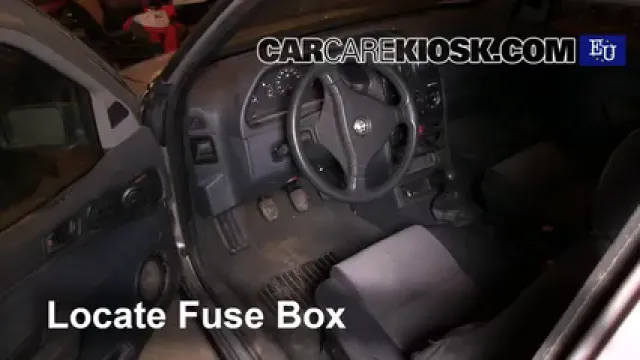Video de revisión del consumidor - 1997 Alfa Romeo 145 T.Spark 1.4L 4 Cyl.
Problemas comunes y reparaciones fáciles en un 145 1997
The 1997 Alfa Romeo 145 T.Spark is an easy car to maintain. The tail lights in both of the housings are accessible behind single panels that are easy to pry back, which makes changing the bulbs a very reliable process. The brake fluid reservoir has very open access, so monitoring the fluid levels isn’t a problem. The wiper blades slide off their arms easily with just the press of a tab, making for a convenient repair should they ever need replacement.
However, the 1997 Alfa Romeo 145 T.Spark has its downsides. Multiple different fasteners will need to be removed to disconnect the air filter housing, which doesn’t allow you to reliably change the filter itself. Replacing the front turn signal may be a problem, as the fastener that disengages the bulb housing may be tricky to access. The lower radiator hose needs to be disconnected to drain the radiator, which can be messy.
Autor
Hans Angermeier ha producido más de 100,000 videos que muestran a los conductores cómo arreglar cosas en sus autos. Tiene una amplia experiencia en procedimientos básicos de reparación que cubren la mayoría de los automóviles en la carretera.










